Below is a small statue of Nichiren
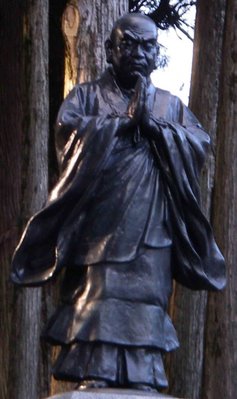
The main entry gate is built in such an impressive fashion, the way only the Japanese can build a gate. After passing through the gate, there is a set of 287 stone steps dating to the 17th century. These steps lead to the main temple complex.
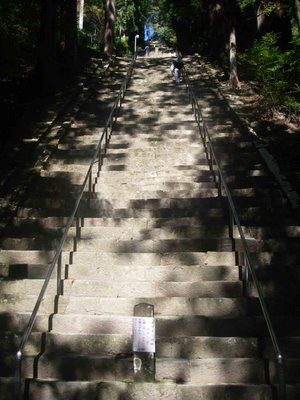
There are many different styles of buildings in the main complex, all with a different function. The buildings were bridged together, presumably to make going from one to the next easier when the mountain is covered with a thick blanket of snow. Below is an assortment of pictures from those buildings.
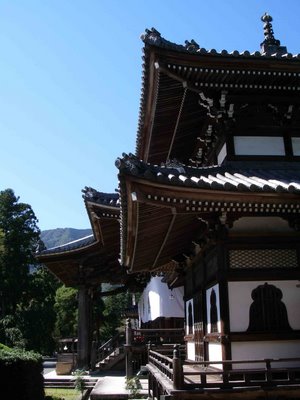
This bell tower shows off some Japanese carpentry techniques.
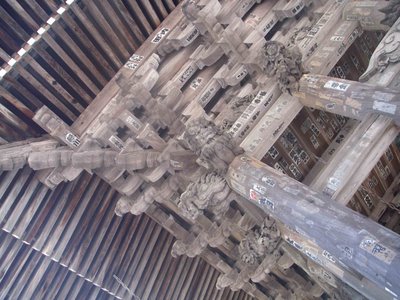
As always the case in Japan, the gardens are incredible. It is often difficult to distinguish where building, garden, and forest end or begin.
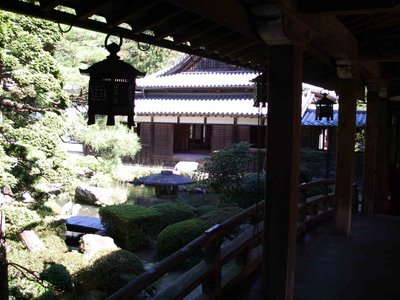
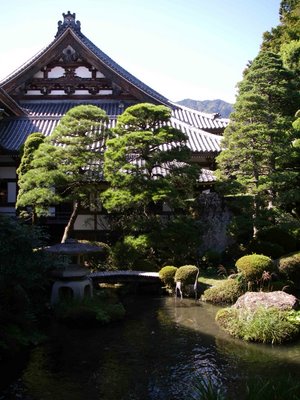
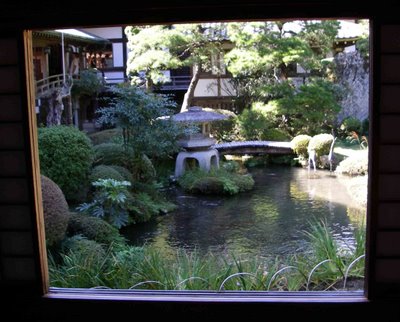
This drum is larger than life. It’s mallet looked like a large baseball bat!
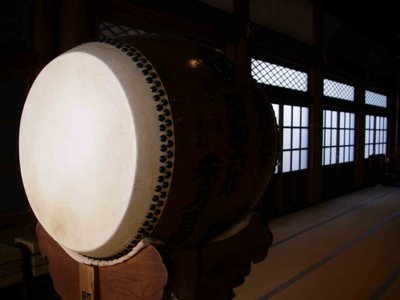
Intricate painted carvings adorn the porch ceiling.


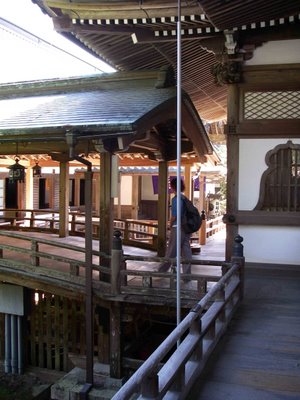
This building manages to combine traditional and modern styles quite nicely.
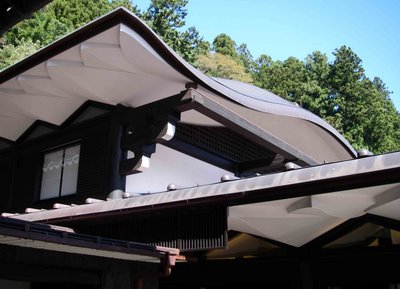
I think this screen painting depicts Bodhi Dharma, the first Chinese patriarch.

I like how the camera’s flash reflected off the glass.

Behind the main temple, a path leads up the mountain. Most people prefer to take a sky tram to the top, but we chose the more arduous route. Along the way we saw many more small shrines and enormous cedars.
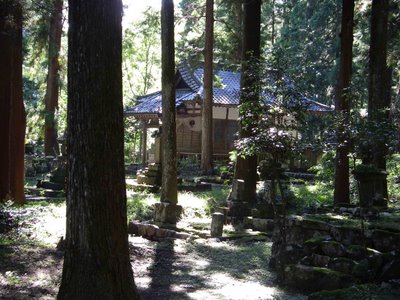
Beth poses for perspective.
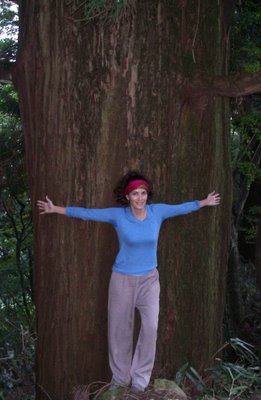
Here a large Buddha statue stands behind the glass, with the tall trees reflecting.
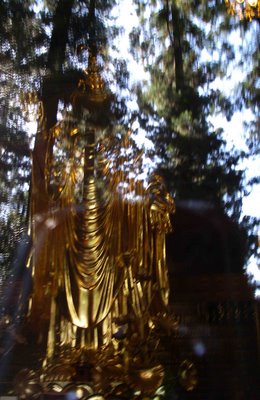
We finally made it to the summit (3765 ft.), where the views of Mt. Fuji and the Fuji river made for a good sense of accomplishment.
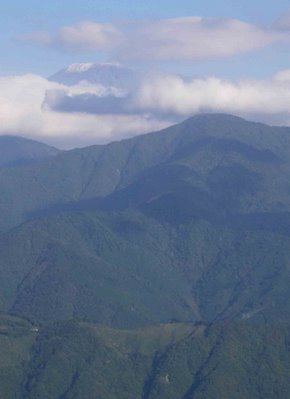
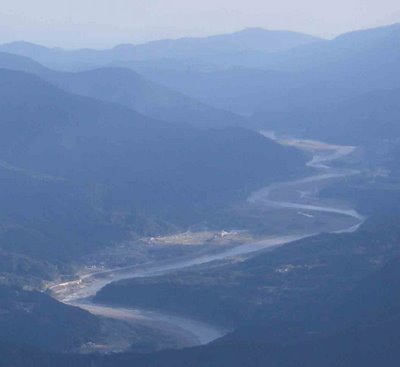
There are some smaller shrines at the top.
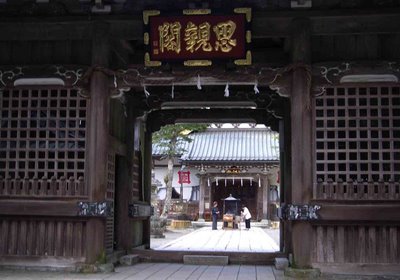

1 comment:
I am traveling to the Minobu area as part of my trip to Japan in a week. I have been having a hard time finding someplace to stay near there. What city is the best for a base to go explore Minobu and then after head to Kyoto. jess (dot) mccarter (at) gmail (dot)com. Thanks for any input. You have a beautiful blog.
Post a Comment